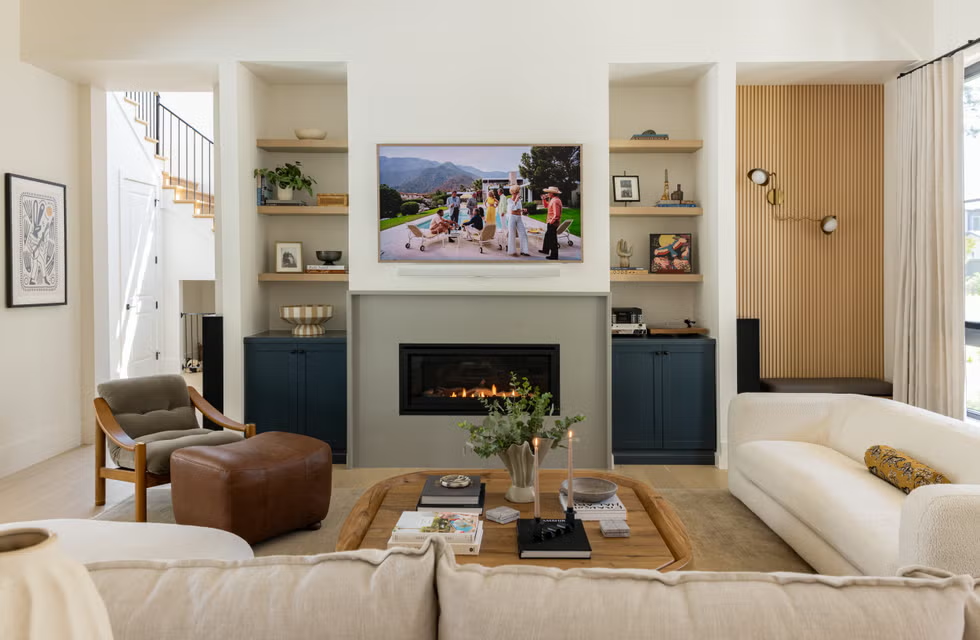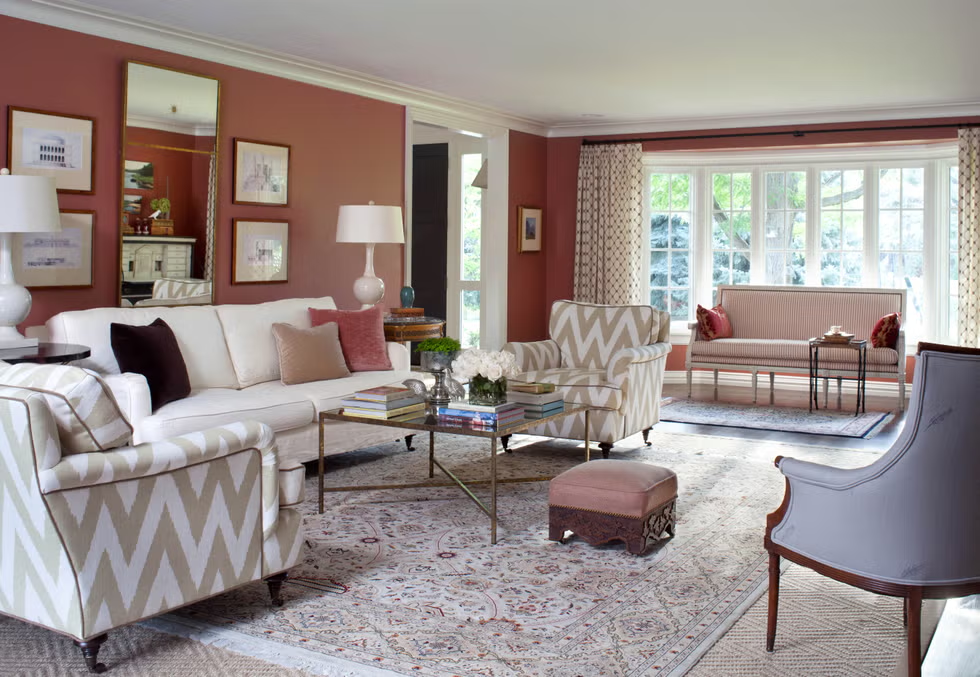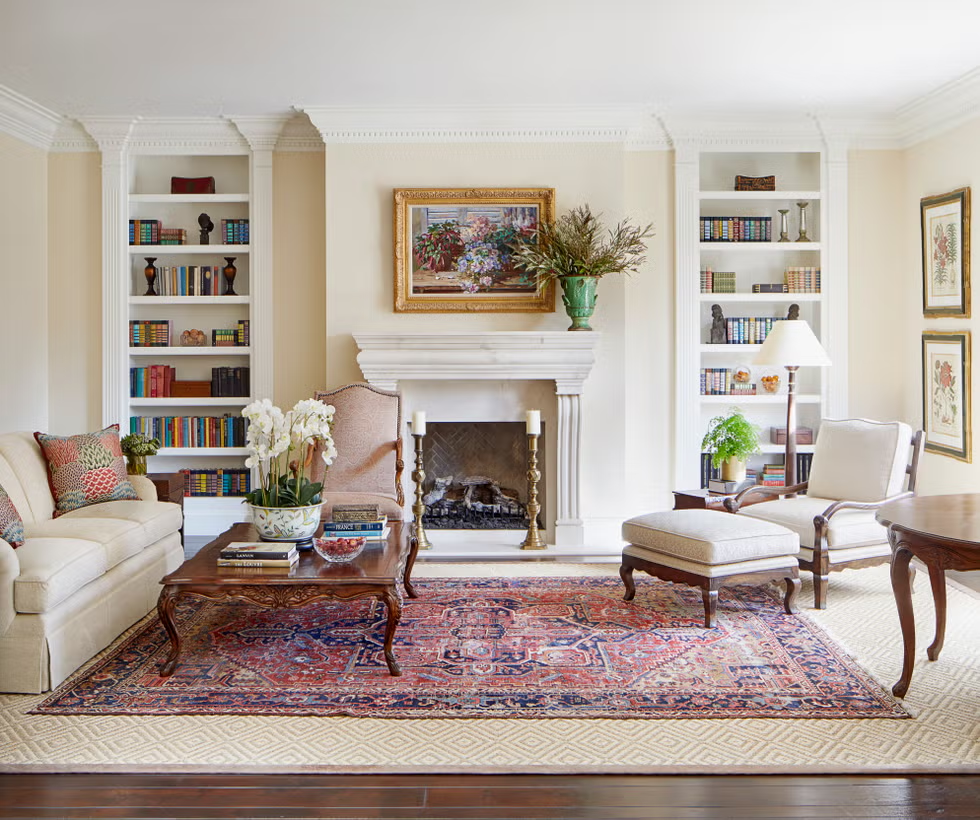Perfect Living Room Seating Arrangement — three words that can change the entire vibe of your home. When the layout feels right, everything flows. When it doesn’t, even the best furniture feels misplaced. Let’s dive into what top designers say about creating that just-right setup that feels both stylish and comfortable.
They say home is where the heart is, but the living room is where comfort lives. The couch calls your name, the chairs invite conversation, and somehow, it all comes down to arrangement. You might think it depends on the space, but according to interior experts, there’s a science behind making any living room work beautifully.
Denver-based designer Nadia Watts says it best: “Seating dictates how you use the space.” When done wrong, the room feels off—too tight, too bare, or just disconnected. The goal? Enough furniture for everyone to sit and relax without overcrowding the room.

So, what’s the secret code? Designers like Jamie Gernert of WYC Designs believe in a simple but genius formula—a two-to-one ratio. One sofa, two chairs. It’s a visual balance that feels natural. “A sofa grounds the space,” Gernert says, “while two chairs balance it without overwhelming.”
Washington, D.C. designer Zoë Feldman agrees, calling it “the Goldilocks of arrangements.” Not too much, not too little. Just right. It creates harmony both visually and socially—enough seating for conversation, yet open enough to breathe.
This layout does more than look good; it actually feels good. “Seating should face or angle slightly toward each other to encourage connection,” Watts adds. Think of a circle or U-shape—it feels warmer, more human. Nobody likes shouting across the room just to chat.
Then comes the trick of odd groupings. Gernert swears by arranging in groups of three, five, or seven. It’s a subtle design move that sparks visual interest. “Odd numbers break symmetry in a way the eye finds pleasing,” she explains. “It creates a natural focal point.”

Of course, spacing matters just as much. No one wants to sit elbow-to-elbow like it’s a waiting room. Watts recommends keeping people within eight to ten feet of each other—close enough to talk comfortably. And always leave about 18 inches between the coffee table and the sofa—enough legroom to stretch, but close enough to grab your drink.
But what if your living room is tiny? Don’t panic. That’s where Gernert’s 60/40 rule saves the day. “Use 60% of your main space for seating and 40% for traffic, accents, and breathing room,” she says. It’s a balance that keeps small spaces functional and stylish.
And whatever you do—respect scale. Oversized sofas in small rooms feel like elephants in a closet. On the flip side, small chairs in a large room look lost. The sweet spot? Sofas that take up about two-thirds of the wall they sit against. That’s visual balance at work.

If a full-sized couch feels too heavy, go smaller. A loveseat, two chairs, and an ottoman can do wonders. Choose armless or tight-back chairs to make compact rooms look more spacious. And if you’re lucky enough to have a roomy living area, Feldman recommends adding a daybed. “It keeps sight lines open while making the space cozy and connected,” she says.
In the end, the perfect living room seating arrangement isn’t about perfection—it’s about feel. Comfort matters as much as composition. “Deep seats, supportive cushions, and armrests at the right height,” Gernert insists. Then layer in texture: soft upholstery, a few pillows, maybe a throw.
That’s it. No clutter, no chaos. Just an inviting space that welcomes every guest—and every quiet evening. Once you master the rhythm of space, balance, and comfort, your living room won’t just look beautiful. It’ll feel like home.
The post Perfect Living Room Seating Arrangement: Designers Reveal the Secret Formula appeared first on Arteresting.
Arteresting Bazaar


0 Comments